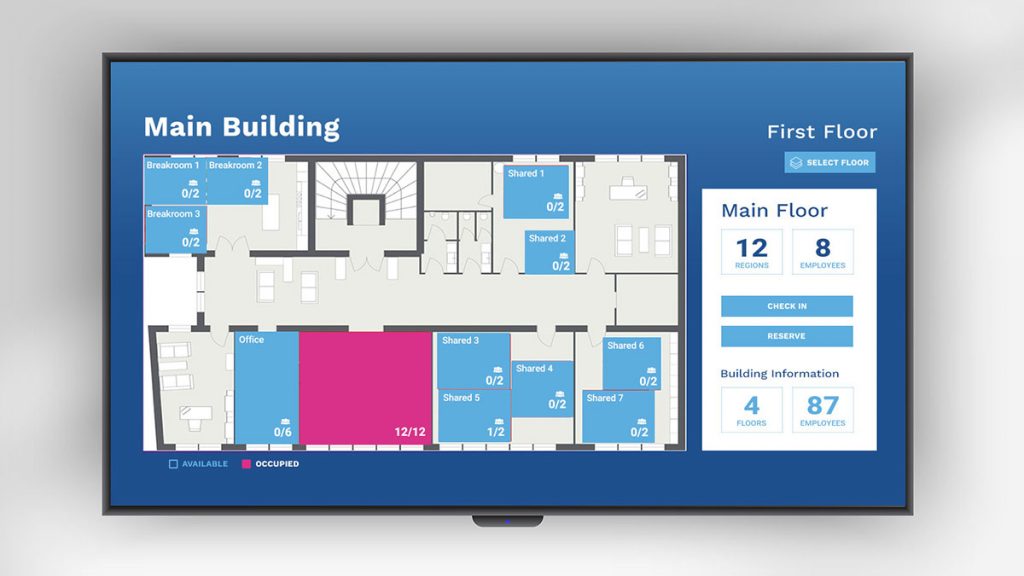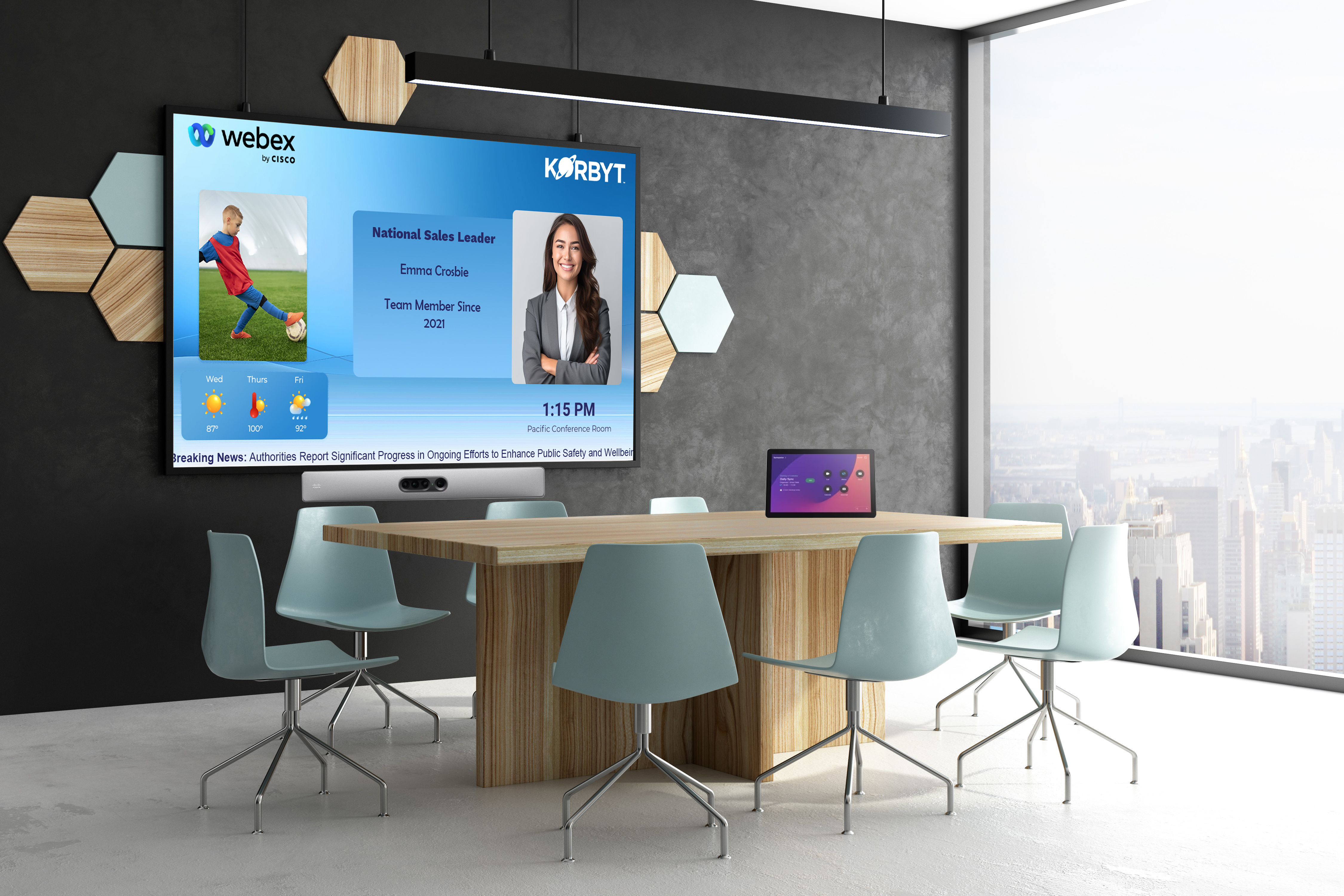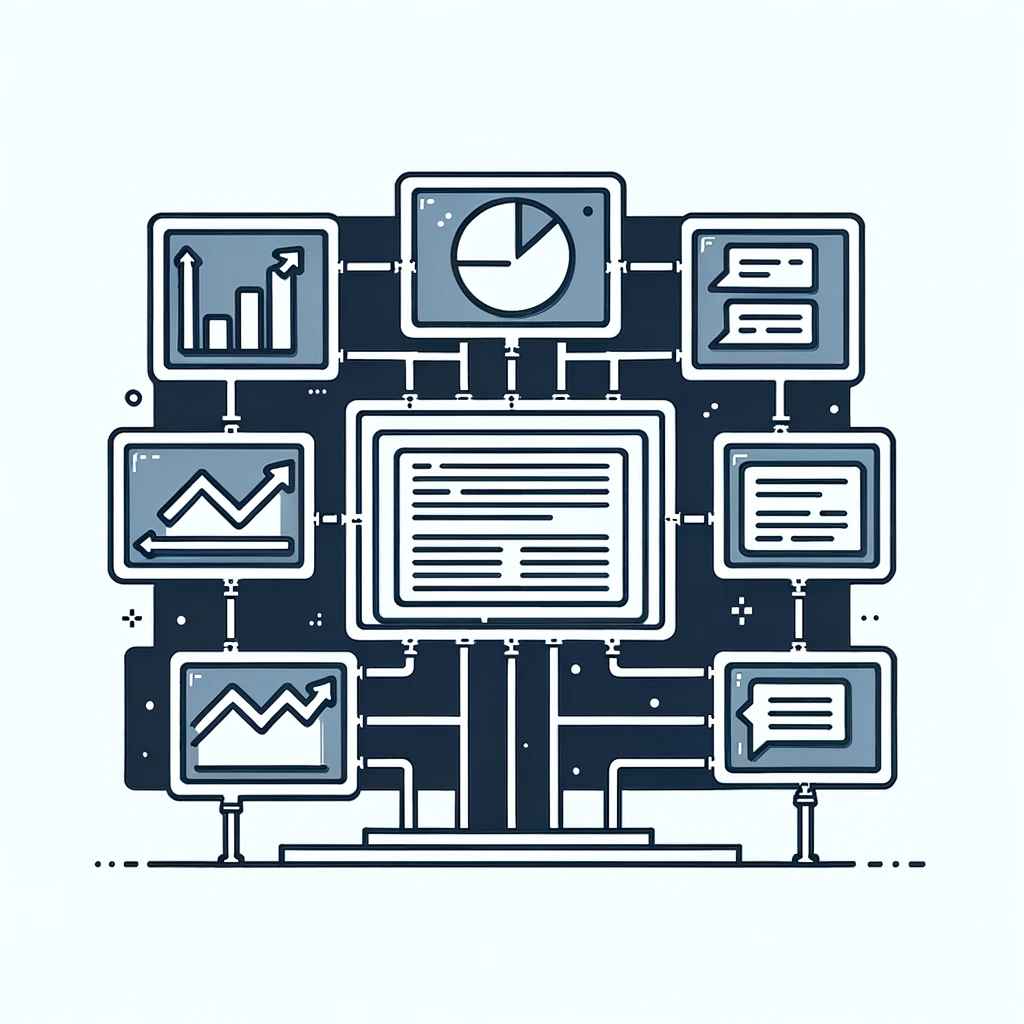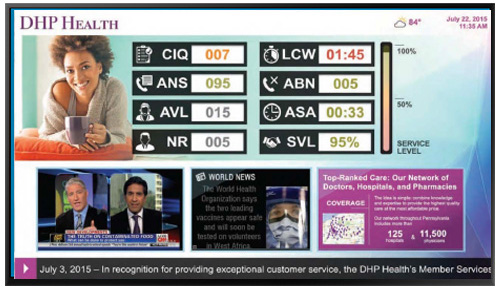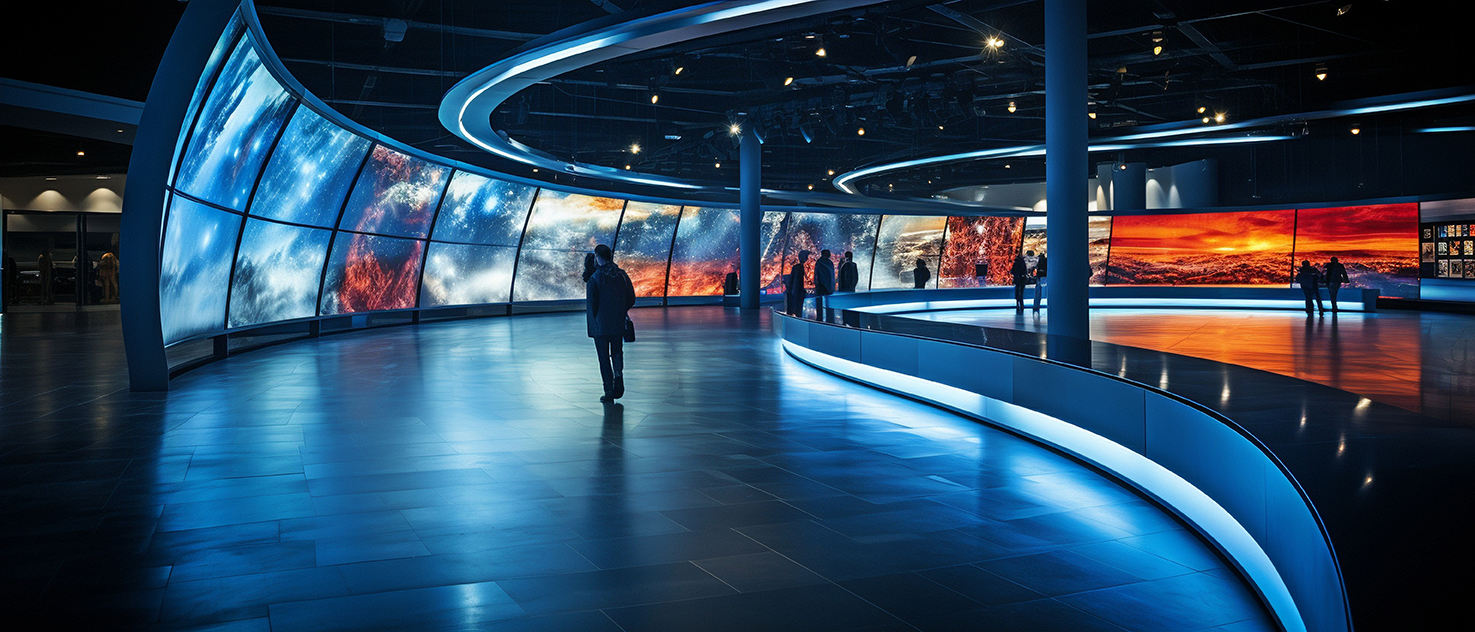After a year+, “the world’s biggest work-from-home experiment” appears to be coming to an end. Considering the risks faced by many companies, business leaders may be happy with what they’re reading. Numerous publications and websites report that an overwhelmingly majority of people are eager to return to the office! The headline stats in many, many articles range from 72% to a significant 85%* of workers want to come back.
Those figures would seem to indicate it’s back to business as usual, right? Just maybe someone in management should first run that number by every employee.
Not surprisingly after the last 14 months, nothing is as straightforward as it seems. Breaking the data down further: while 3 out of 4 workers do hope for a return…only about 1/4 of those want that full time. Half are hoping for management that supports a hybrid model: remote 2 days, in-the-office the rest of the workweek. And the others? That’s about 1/4 of your people perfectly happy to make their work-from-home lives their new full-time and permanent arrangement, thank you very much.
As the saying goes, the use of statistics can be made to prove anything — even the truth.
For business leaders, success would be far simpler if back-to-office was a question of how and when. But employees are asking their own question: Why?
Is your company ready with solutions that provide the assurance, guidance, and confidence they’re looking for?
A Solution for All Concerns
Emotions and attitudes run the gamut — as you’d expect when human beings are involved. Everyone has some form of PTSD — pandemic time stress disorder.
Some dread a return to an on-premise desk. The “mindless routine” of the daily commute now feels foreign, even risky. On the other side you’ll find employees who long for the social experiences of an established workplace, yelling down the hall for the collaboration, team relationships and motivation of a more traditional face to face setting.
Remote appears to have been an unexpected boon for many organizations, with a boost in employee productivity. Under these conditions, the experience of a late-nighter was no longer the same burden. “I don’t feel resentful about working late because I’m on a roll…” — a schedule that wouldn’t have been possible strictly in office. Then there are the company analysts who dismiss achievements during COVID as no better than weathering the storm, and a non-optimal way to work. “It’s not the way you would have designed a lifesaver.”
Have you asked your employees about their readiness and comfort in returning? 40 percent** say they’ve yet to hear any vision from their companies, and some of that is concernedly vague. A workplace strategy built on an employee experience platform can reduce uncertainty about returning to work, demonstrating in practice a safe, smooth transition back to the your physical space.
Check-in with Space Management Software
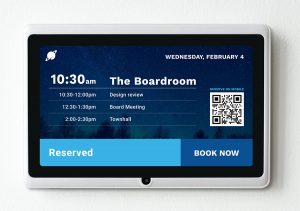
The combination of FTEs on site, remote workers and hybrid employees requires you to create conditions that allow for all to thrive in your space. While less “office centric” for some, the need for office space remains, but will now need to accommodate an employee experience that includes staggered work hours, fewer communal areas, even hot desks and hoteling.
A smart reservation system can help balance these requirements, matching up any combination of workers with available space and workstations, and aligning those with their goals for health, safety and productivity. The right system will let your employees handle that with touchless interfaces on mobile screens, tied to notifications that keep them informed on check-ins and “at capacity” occupancy alerts.
A Map to Your Organization
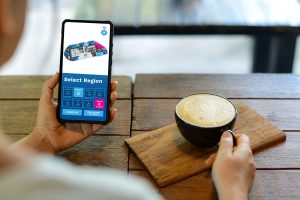
Did your real estate or floor plans change to incorporate new thinking about safety or productivity? Are there now stations to use for sanitizing or testing? Where are the main collaboration spaces now located? Your digital signage can guide your every day and hybrid workers with wayfinding experiences: interactive screens that display a map to open occupancy and safe spots throughout a building or across your campus.
The right workplace experience platform should make it easy for facility managers in planning out digital paths and regions, setting areas of the facility space to off limits or all access. Every screen — from wall monitors and kiosks, to phones and laptops — can integrate this navigation with hygiene messaging and a welcome back onboarding process tied to new office polices on the general health of the workforce.
Your Commitment to Employee Experience
Back to data: 83%*** of employees say they trust senior leaders to make an informed decision about when to re-open. Many have announced general plans for virtual and hybrid work policies and procedures, but few are sharing detailed solutions. Deliver on that trust with the safety guidelines, health best practices, and expectations that will relieve anxiety and inspire confidence.

Your workplace experience communications can be much more powerful and effective than yesterday’s all-staff messaging. The return to on-site will be a mix of anxiety, excitement, and hunger for in-person experiences. The answers to, “What’s going to look different? What does this mean for me?” can be targeted and customized: team by team, across disciplines, and out to individual frontline, hybrid and remote worker. Delivered to each screen of preference, these communications can be timed and formatted to sync up with an employee’s established behavior, maximizing the chance of “message received.”
This is a more personalized, more relevant employee experience strategy that will make your voice resonate in a more meaningful way: employee engagement that will ease minds and excite interest. Why go the extra, individualized distance? Consider this: employees who feel included in detailed communication are five times more likely to demonstrate increased business performance.
Space Management, Redefined
On the one hand, these matters of facility management — reservations, wayfinding — may seem like they’re just about office planning and staff logistics. But at this moment in time, they can be the chance to ask your employees, “What do you want work to look like? How will that help you do your best work and take care of yourself?”
Some companies would ignore that. One leader (in)famously called remote work, “an aberration that we’re going to correct as quickly as possible.” Is this the best and only lesson learned during a pandemic? There’s an excellent chance your employees have taught you bold and bright new things about flexibility, resilience, compassion, and innovation. The latest in smart space management software gives you the chance and advantage to advance that knowledge toward better goals.
The most dangerous words in business are, “We’ve always done it this way.”
Don’t be dangerous. Be smart. Be ambitious in your goals.
Build the best workplace experience, and your people — on site, remote, both — will bring their best selves.
* Businesswire.com
** Brianheger.com
*** Glassdoor.com

